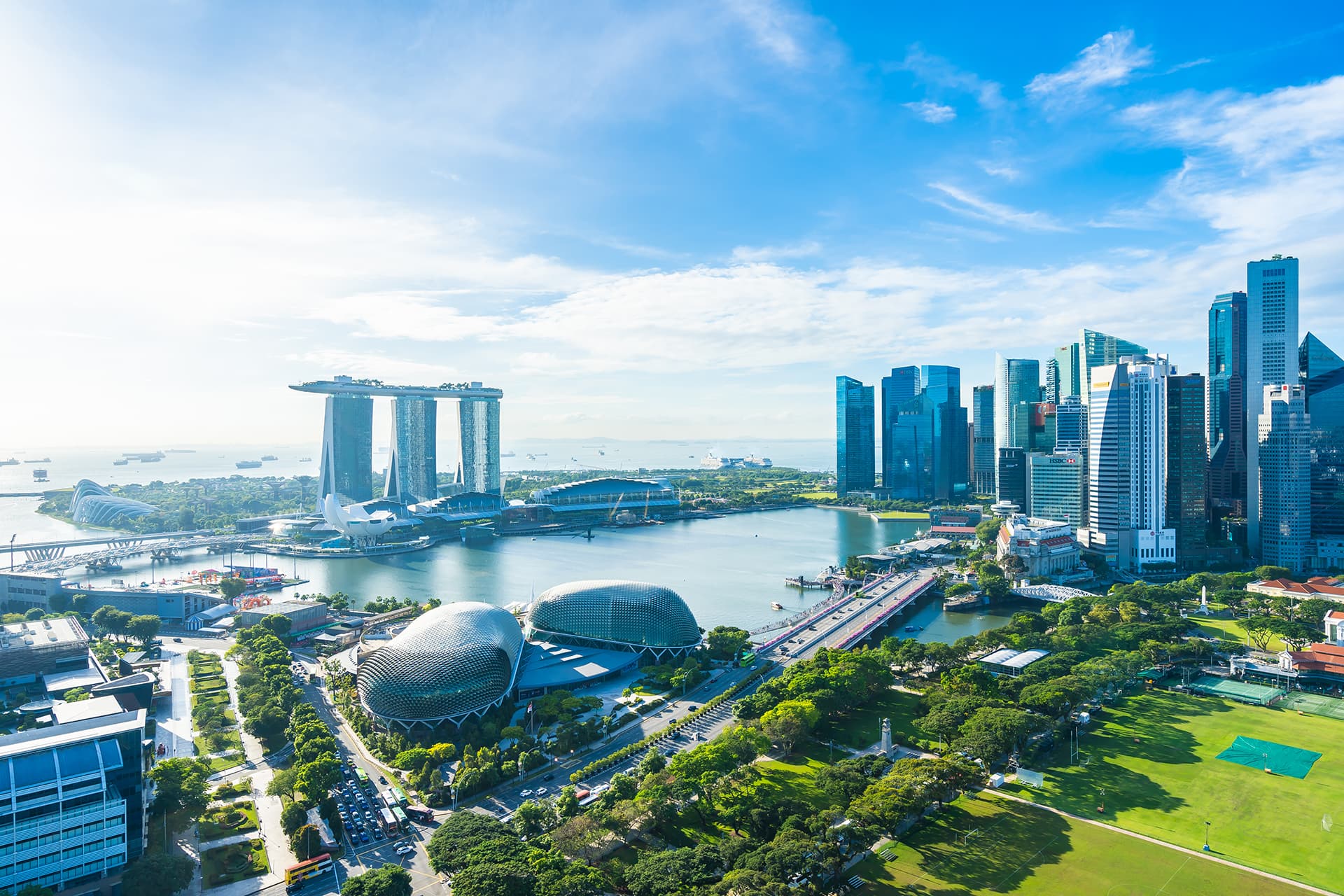Will the tide turn for ocean freight in 2022?

Rough seas ahead demand smart planning
Hear the 2022 outlook for ocean freight costs and capacity with Toll’s Senior Vice President - Global Ocean Freight, Toll Global Forwarding, Peter Simmonds and Vespucci Maritime’s CEO and Partner, Lars Jensen.
After the disruptions in ocean freight costs and capacity in the last two years, shippers are looking nervously at the ocean freight outlook for 2022 — when many predictions had the market returning to pre-COVID conditions.
But as Toll’s Peter Simmonds and Vespucci Maritime’s Lars Jensen recently discussed in the webinar, Will the tides turn in the ocean freight market?, the market is unlikely to get cheaper or more accessible in 2022.
Challenges across congestion, the risk of China shutdowns and an uncertain pricing future mean that while 2022 is unknowable, long-term strategic planning is critical.
Global congestion update
Global ocean freight congestion has not alleviated as we begin 2022 — it's getting worse and fuelling the flames of removing vessels from service; there is simply limited port and infrastructure facilities available to process the back log of ships and containers.
Lars said global congestion shows no signs of abating.
“Europe has gone from bad to worse after the Suez blockage spike. North America is no better and has worsened even in the first few weeks of 2022. There are 100-105 vessels in a permanent queue outside Los Angeles,” he said.
“Congestion in the major Asian origin ports is relatively OK for now — but that’s scant consolation if they can load but not discharge at destination.”
Understanding the China risk
China's zero-tolerance approach to Covid-19 — sparking labour shortages, shutdowns and bottlenecks — is already having an impact on domestic and international ports. For example, recent container warehouse delays and shutdowns have resulted from the closure of the Vietnam border and the partial shutdown of the Ningbo-Zhoushan port.
“There is only one strategy: have longer lead times. You can’t anticipate or control China’s enormous disruptive potential or force them to open ports,” said Lars.
“Your shipping contingency plans and warehousing and distribution strategies must allow for potential shutdowns of key Chinese ports like Tianjin or Ningbo-Zhoushan.”
Where will costs go from here?
Unfortunately for shippers, we haven't reached the upper limit of spot rates — while vessels remain full, there is a market for the higher spot prices being charged now for headhauls. Backhaul rates have increased modestly compared to headhauls; backhauls have a clear upper limit, creating an increasingly uneven market.
“The largest importers have shown their businesses to be profitable even under the current circumstances. This, in turn, means the carriers have learnt that rate levels do not have to go fully back down to pre-pandemic levels even when the market normalises,” said Lars.
"The supply chain isn't broken — but some businesses may have been relying on almost de-facto free freight through price wars. Depending on excessively cheap freight won't be a viable business model. You may be able to secure space by committing to a long-term contract at a higher rate — it's simply the willingness to pay that gets you access.”
Peter said Toll shares risk across carriers to keep cargo moving in a challenging dynamic, “We have various deals across carriers with different servicesin different markets, and agreements with major alliances to ensure our customers are getting the best options available.”
“There’s no doubt there is a supply and equipment shortage. The current market conditions create a need for agility, put importance on submitting cargo early, and demand that providers maximise space through forward planning.”
Is the tide turning in 2022?
Congestion will likely worsen in early 2022 — and headhaul rates will remain under pressure.
Historically, the most significant rate declines occurred during the 2008 Global Financial Crisis and the 2015 pricing war. Based on those recoveries the normalisation of shipping rates — whether at a higher baseline than before the pandemic — is likely to take more than 18 months.
“We’re staying agile and encouraging customers to do the same,” said Peter.
“Carriers are trying to deploy additional vessels to meet peak demand, but we need to be mindful that this can result in issues like the permanent LA bottleneck.”
Welcome to a new cargo rate normal
Lars warns that rates may normalise at higher levels than pre-COVID and emphasises the importance of choosing the right supplier.
“Some carriers prefer to make as much money as they can in the spot market, while other providers are prioritising long-term customer relationships,” he said.
“Every shipper needs to be preparing for a future with higher benchmark rates. This is particularly significant for small-to-medium backhaul shippers. If normality means pre-COVID costs plus $2000, they need to be working on strategic processes to make it work and keep a viable business model — or their market share will be lost to the larger importers.”
Looking ahead
With the promise of ongoing volatility and looming new environmental regulations across decarbonisation, Lars recommends not wasting time trying to perfect 2022 forecasts.
“2022 is extremely volatile and driven by unpredictable operational elements,” he said.
“Hope is not a strategy in a turbulent market governed by supply and demand. Strategic, long-term planning is critical to riding out the disruptions of the early 2020s.”






























